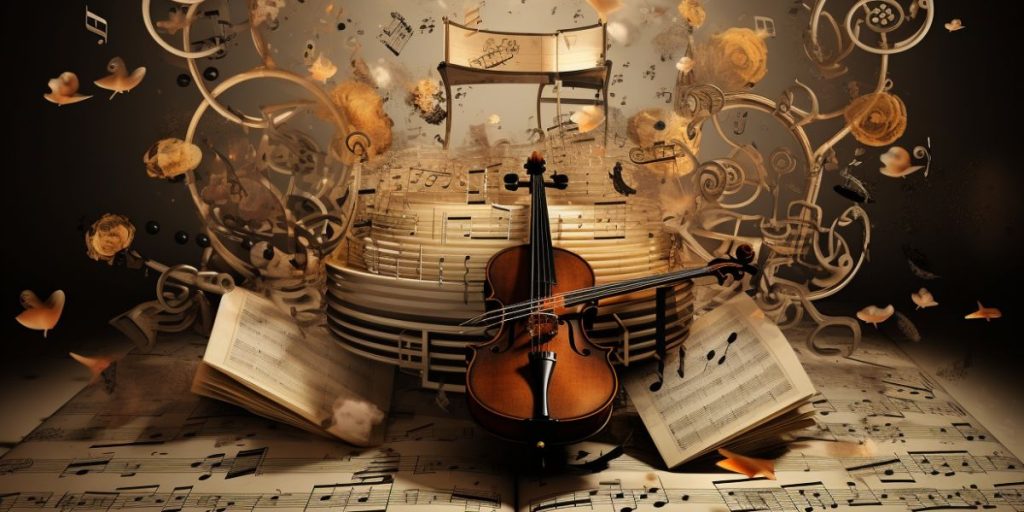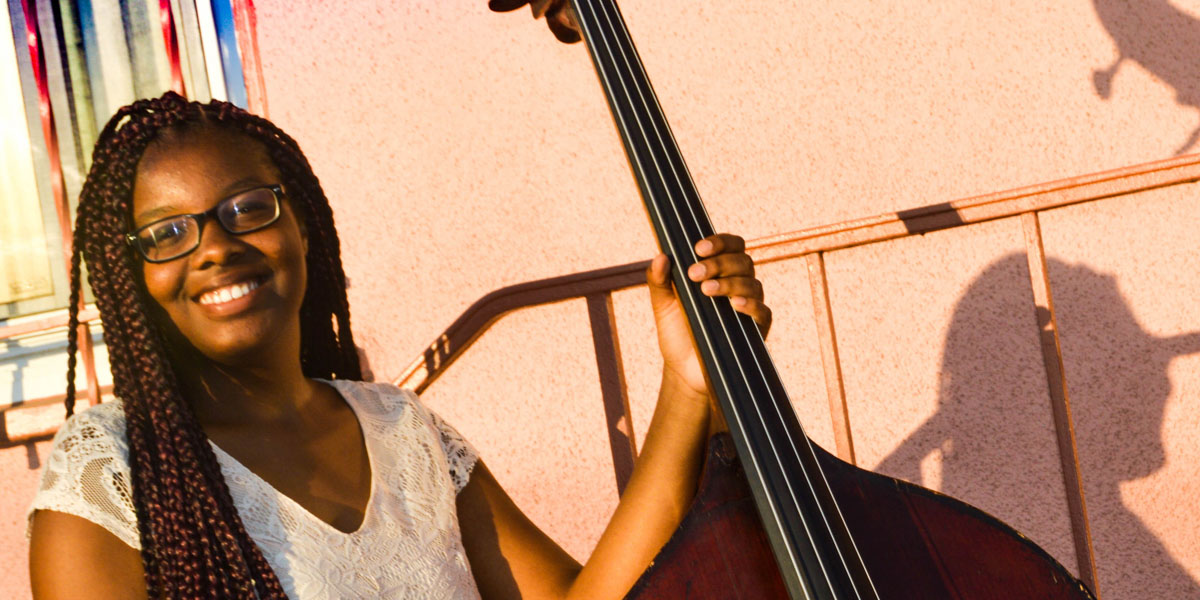
Exploring the Rich Tapestry of Classical Music – The Timeless Harmony
Classical music, with its rich history, intricate compositions, and timeless melodies, occupies a unique place in the cultural landscape of humanity. Spanning centuries and encompassing a diverse array of styles and genres, classical music continues to captivate audiences around the world with its beauty, depth, and emotional resonance. In this comprehensive article, we embark on a journey through the fascinating world of classical music, exploring its origins, evolution, and enduring legacy.
Origins and Evolution of Classical Music
Classical music traces its roots back to the European tradition of Western art music, which flourished from the Middle Ages through the present day. The term “classical music” is often used to refer to music composed during the Classical period, roughly spanning from the mid-18th to the early 19th century, characterized by clarity, symmetry, and formal structure. However, the broader definition of classical music encompasses a vast repertoire of compositions spanning multiple periods, including the Baroque, Romantic, and Contemporary eras.
The Baroque period, which preceded the Classical era, was characterized by ornate melodies, elaborate harmonies, and intricate contrapuntal textures. Masters such as Johann Sebastian Bach, George Frideric Handel, and Antonio Vivaldi composed works of staggering complexity and beauty, including cantatas, concertos, and fugues, that continue to inspire awe and admiration centuries later. The Baroque era also witnessed the emergence of instrumental genres such as the concerto grosso, sonata, and suite, which laid the foundation for the development of classical music in subsequent centuries.
The Classical period, epitomized by composers such as Wolfgang Amadeus Mozart, Ludwig van Beethoven, and Franz Joseph Haydn, represented a shift towards clarity, simplicity, and balance in musical composition. Composers of the Classical era sought to express emotion and drama through clear formal structures, elegant melodies, and well-defined harmonic progressions. Works such as Mozart’s “Symphony No. 40 in G minor,” Beethoven’s “Symphony No. 5 in C minor,” and Haydn’s “String Quartets” exemplify the refined craftsmanship and emotional depth of the Classical style, leaving an indelible mark on the history of music.
The Romantic period, which followed the Classical era, saw a departure from the restraint and objectivity of Classicism towards greater emotional expressiveness, individuality, and experimentation. Romantic composers such as Ludwig van Beethoven, Franz Schubert, and Johannes Brahms imbued their compositions with intense emotion, vivid imagery, and autobiographical themes, pushing the boundaries of musical expression to new heights. Works such as Beethoven’s “Symphony No. 9 in D minor,” Schubert’s “Symphony No. 8 in B minor (Unfinished),” and Brahms’s “Symphony No. 4 in E minor” exemplify the passion, drama, and lyricism of the Romantic style, inspiring generations of composers and listeners alike.
Enduring Legacy and Cultural Impact
Classical music has left an indelible mark on the cultural landscape of humanity, influencing and inspiring artists, musicians, and audiences across generations and continents. Its timeless beauty, emotional depth, and universal appeal continue to captivate listeners of all ages and backgrounds, transcending cultural boundaries and linguistic barriers. From concert halls and opera houses to film soundtracks and television commercials, classical music permeates popular culture, enriching our lives with its beauty, grace, and profound insights into the human condition.

Moreover, classical music has played a pivotal role in shaping the development of other musical genres and styles, from jazz and rock to electronic and contemporary music. Its influence can be heard in the complex harmonies and improvisational techniques of jazz, the emotive storytelling and melodic phrasing of folk and pop music, and the innovative use of technology and sound design in electronic and experimental music. By fostering creativity, innovation, and collaboration, classical music continues to inspire artists and musicians to push the boundaries of artistic expression and explore new frontiers in music.
Furthermore, classical music has the power to evoke a wide range of emotions and moods, from joy and triumph to sorrow and longing, providing solace, comfort, and inspiration to listeners in times of both celebration and adversity. Its ability to convey complex emotions and profound truths through the language of music transcends cultural and temporal boundaries, speaking to the shared experiences and aspirations of humanity. Whether it’s the soaring melodies of a Mozart concerto, the thunderous chords of a Beethoven symphony, or the haunting strains of a Bach fugue, classical music speaks to the soul and touches the heart in ways that words alone cannot express.
The Contemporary Landscape of Classical Music
While classical music has its roots in centuries-old traditions, it continues to evolve and adapt to the changing cultural landscape of the modern world. Contemporary composers and performers are exploring new avenues of expression, blending classical techniques with elements of jazz, world music, electronic soundscapes, and avant-garde experimentation. This fusion of styles and genres has led to the emergence of innovative and eclectic works that challenge conventions and redefine the boundaries of classical music. Composers such as John Adams, Philip Glass, and Arvo Pärt have gained recognition for their groundbreaking compositions that blend traditional forms with contemporary sensibilities, appealing to audiences seeking fresh perspectives and adventurous sounds.
Moreover, classical music has embraced digital technology and the internet as powerful tools for creation, distribution, and collaboration. Online platforms such as YouTube, Spotify, and SoundCloud have democratized access to classic music, allowing listeners to discover and explore a vast repertoire of recordings from around the world. Streaming services offer curated playlists, live performances, and educational resources that cater to both seasoned aficionados and newcomers alike, fostering a global community of music lovers and enthusiasts. Social media platforms enable composers, performers, and organizations to connect with audiences, share their work, and engage in meaningful dialogue, breaking down barriers and fostering a sense of camaraderie and mutual appreciation within the classic music community.
Conclusion
Classical music stands as a testament to the enduring power of creativity, beauty, and human expression, enriching our lives with its timeless melodies, profound insights, and emotional resonance. From the ornate polyphony of the Baroque era to the impassioned lyricism of the Romantic period, classic music spans centuries and continents, uniting listeners across cultures and generations with its universal language of melody and harmony. As we continue to explore and celebrate the rich tapestry of classic music, let us embrace its legacy and embrace the transformative power of music to uplift, inspire, and unite us in our shared journey through life.
